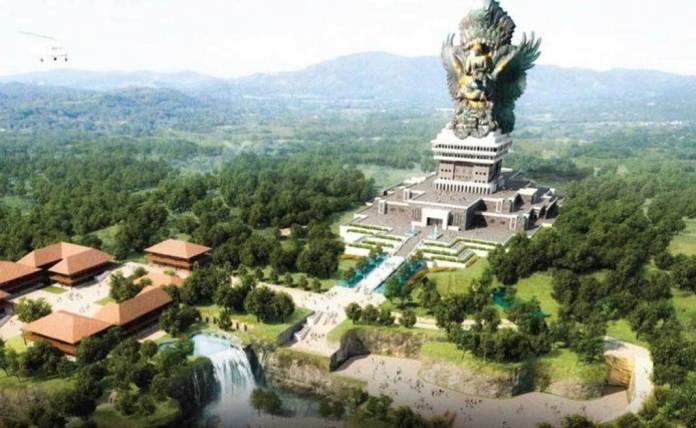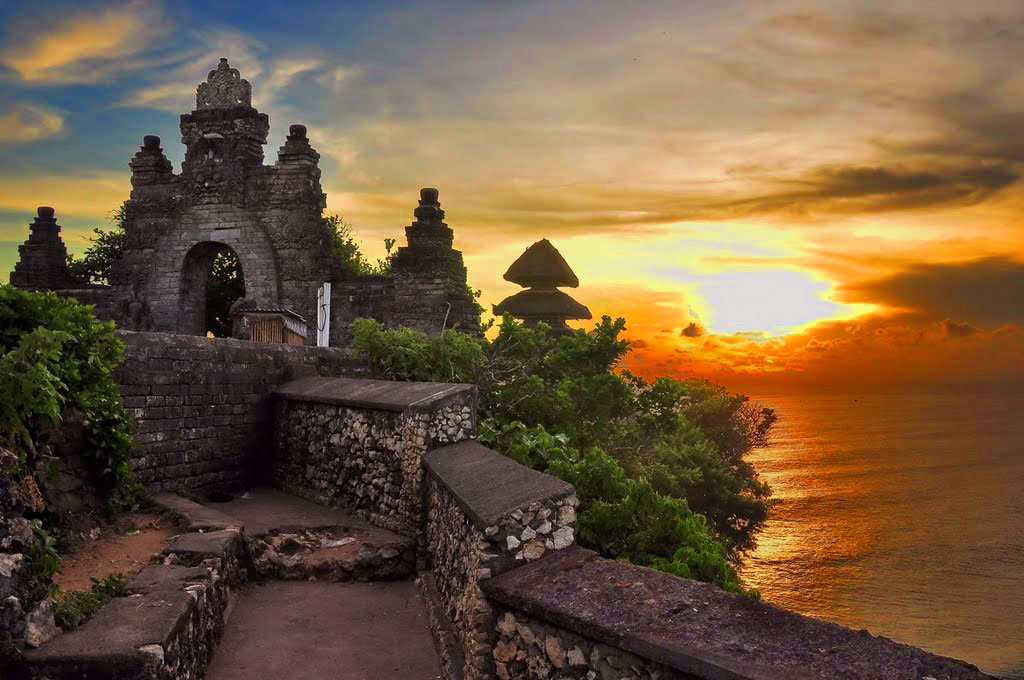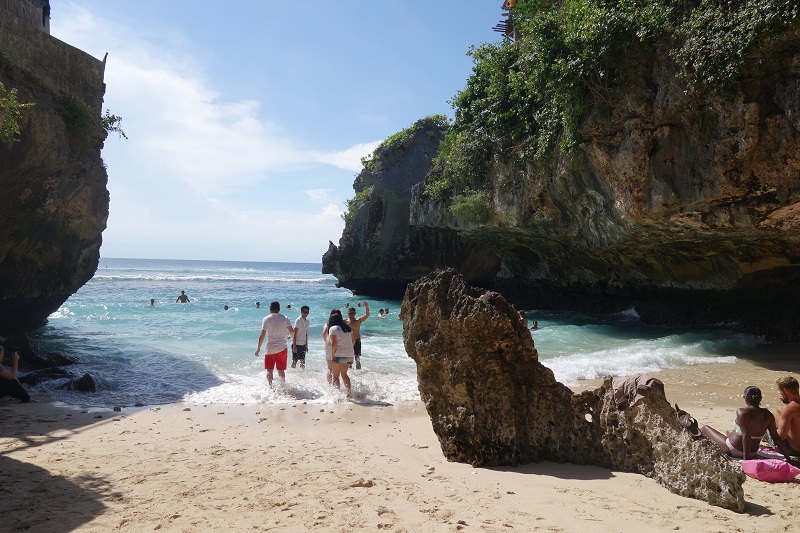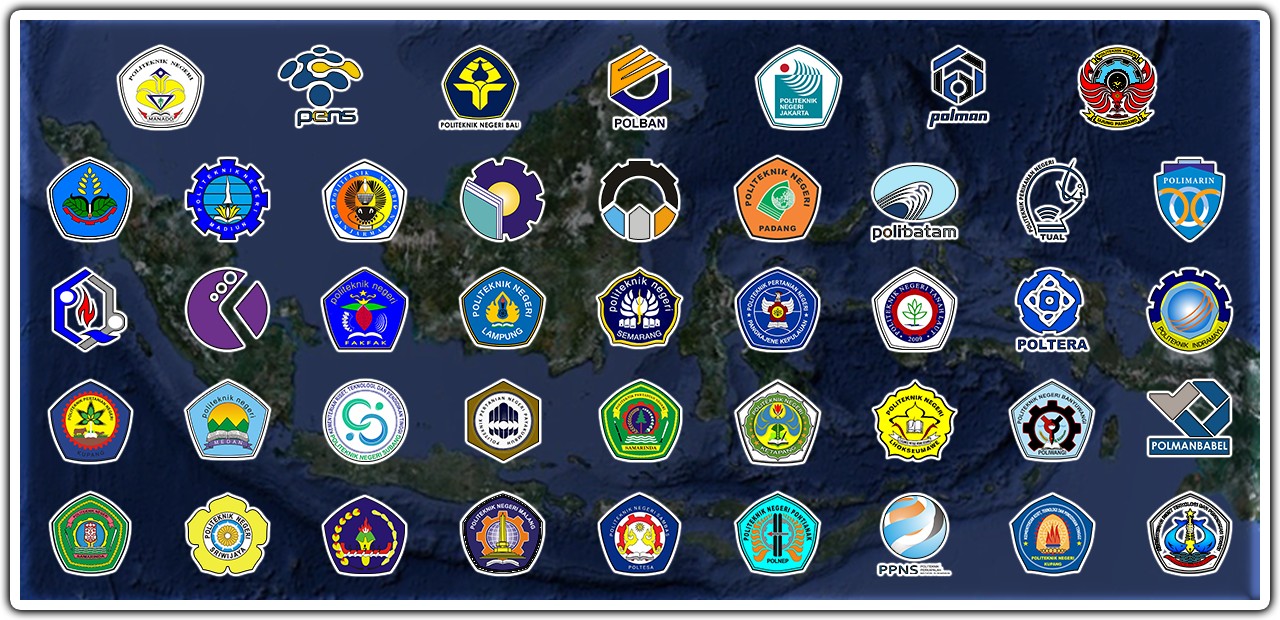
Bali is a popular tourist destination, which attracts both local and international tourists. After the conference, the participant shall enjoy the visits to :
Garuda Wisnu Kencana
 Designed to be the Indonesia’s tallest statue, Garuda Wisnu Kencana was inspired by Hindu mythology about the search for Amerta (the elixir of life). According to this myth, Garuda agreed to be ridden by Lord Wisnu in return for the right to use the elixir to liberate his enslaved mother.
Designed to be the Indonesia’s tallest statue, Garuda Wisnu Kencana was inspired by Hindu mythology about the search for Amerta (the elixir of life). According to this myth, Garuda agreed to be ridden by Lord Wisnu in return for the right to use the elixir to liberate his enslaved mother.
The idea for the monument was not without controversy, and religious authorities on the island complained that its massive size might disrupt the spiritual balance of the island, and that its commercial nature was inappropriate, but some groups agree with the project, because it will be a new tourist attraction on barren land.
The 75-m tall, 65-m wide statue was designed by Nyoman Nuarta.[4] It sits atop a pedestal to bring the total height of the monument to 121 m (397 ft), which is nearly 30 m (98 ft) taller than the Statue of Liberty in the United States. The completed monument is about as tall as a 21-storey building. It weighs 4000 tonnes, making it the heaviest statue in the country. The statue is made of copper and brass sheeting, with a stainless steel frame and skeleton, as well as a steel and concrete core column. The outer covering measures 22000 m2 in area. The crown of Wisnu is covered with golden mosaics and the statue has a dedicated lighting arrangement. The monument was completed on 31 July 2018 and inaugurated by Indonesian President Joko Widodo on 22 September, 2018.
Uluwatu Temple
 The temple (pura in Balinese) is built at the edge (ulu) of a 70 meter high cliff or rock (watu) projecting into the sea. In folklore, this rock is said to be part of Dewi Danu's petrified barque.
The temple (pura in Balinese) is built at the edge (ulu) of a 70 meter high cliff or rock (watu) projecting into the sea. In folklore, this rock is said to be part of Dewi Danu's petrified barque.
Though a small temple was claimed to have existed earlier, the structure was significantly expanded by a Javanese sage, Empu Kuturan in the 11th Century. Another sage from East Java, Dang Hyang Nirartha is credited for constructing the padmasana shrines and it is said that he attained moksha here, an event called ngeluhur ("to go up") locally. This has resulted in the temple's epithet Luhur.
The temple is inhabited by monkeys, who are notorious for snatching visitors' belongings. They can usually be persuaded into trading the items for fruit, although this only encourages them to steal more.
Scientist and experts on primate behavior have conducted studies on the Macaque monkeys in the area and have collected data suggesting that they learn bartering behavior. This trade is passed down to the young offsprings. New groups of Macaque monkeys introduced into the area quickly adapt and learn the new skill from the locals.
Suluban Beach
 Suluban Beach is one of Bali’s most unique coasts, concealed by natural limestone formations and accessed via steps and log ramps through narrow gaps in the rock.
Suluban Beach is one of Bali’s most unique coasts, concealed by natural limestone formations and accessed via steps and log ramps through narrow gaps in the rock.
Suluban is generally known as Blue Point. Many people associated this beach with Blue Point Beach, refered to Blue Point Bay Villas at the top of beach. Suluban Beach extends right up to Uluwatu Beach where the mystical cave lies under. The saying Suluban taken from the Balinese vocabulary “mesulub”, means to bow down. Before you enter the beach you need to crawl even bend down through a very narrow cave and get your feet wet. Suluban is just another favorite beach for surfers and photographs since people mostly familiar with Padang Padang and Dreamland Beaches.
There is no doubt that Suluban Beach is the perfect place for the most scenic at sunset but early morning is better to visit to avoid the crowd and claim your favorite spot. If you’re lucky you’re the only one there!
-
Paper Submission Due Dates are extended!
For submitting your paper, please go to
Paper Submission menu under the Papers menu.
-
Register Paper
13 July 2019Extended to:
10 September 2019(iCAST-SS)
30 September 2019 (iCAST-ES)
Submit Review Manuscript14 September 2019Extended to:
20 September 2019(iCAST-SS)
1 November 2019 (iCAST-ES)
Submit Final Manuscript22 September 2019(iCAST-SS)
7 November 2019 (iCAST-ES)
